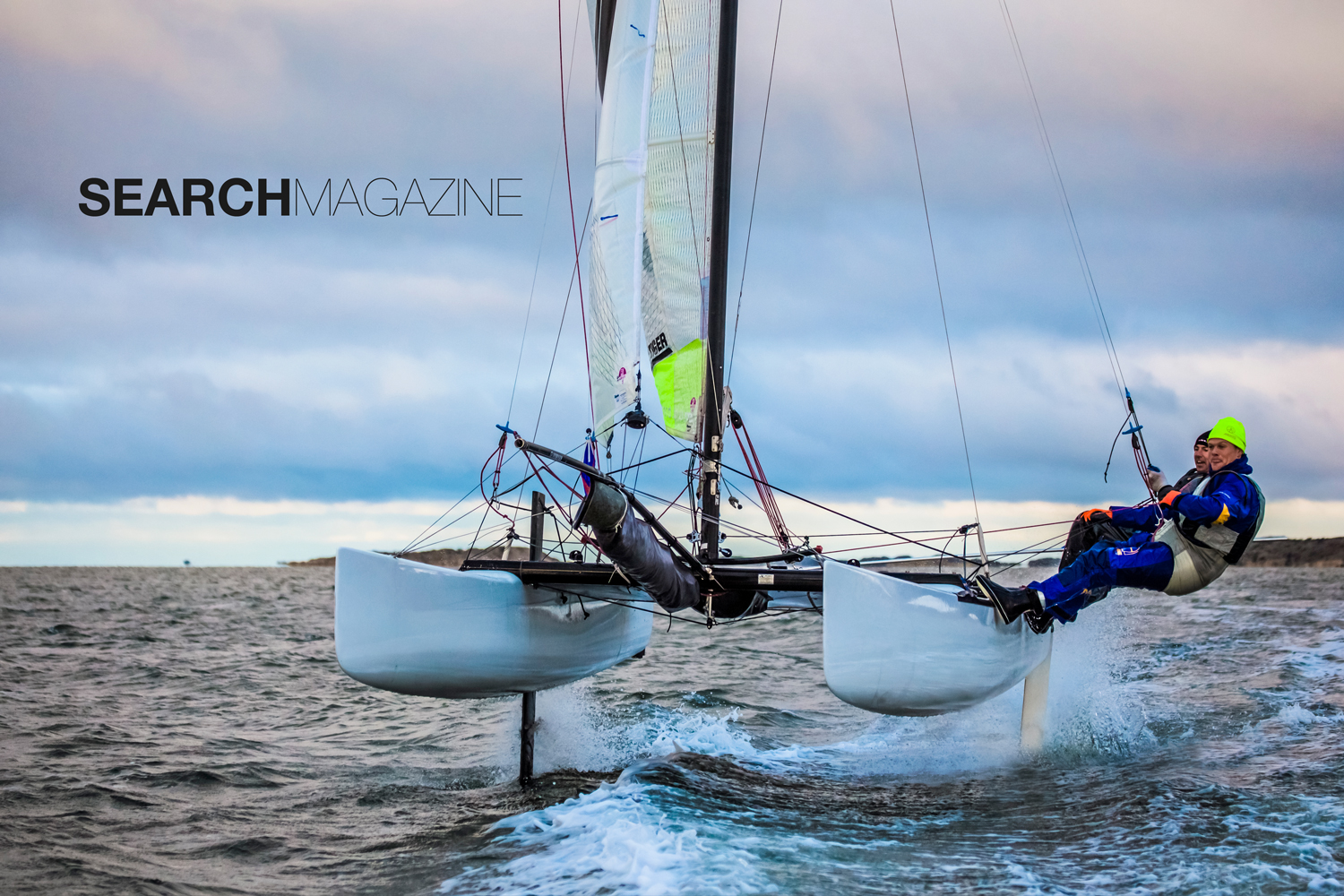It's been done - but it didn't work very well.

It only foiled in pretty good wind and on a broad reach.
Someone made a foiling Hobie Tiger, but it was heavy and again, the foiling envelope was pretty small.

There are two things that pretty quickly dismiss foiling retrofit kits from Hobies:
1) Weight
2) Power
A foiling Phantom weighs 155 kg. A Hobie 20 weighs 191 kg - and it has a less powerful rig. None of the pin-head mains sported by nearly every "older" Hobie Cat generate sufficient power for consistent foiling. Even the Phantom doesn't foil upwind - only on reaches and downwind (with the aid of a asymmetric spinnaker).
The glitz of the foiling videos doesn't show what a royal pain in the a$$ foiling boats really are. They don't go in / out of a beach. They don't foil upwind. They have lots and lots of control lines. The learning curve is steep. Just putting the boards in is a major production - they have to be inserted from underneath the hull - and then the boat can't sit on the ground - it has to be on a hoist or on wheels. Weeds and debris in the water will take them out very quickly. Break a board? That'll be $3,000 for a replacement.
A new Flying Phantom will set you back something north of $35,000. The retrofit foil kit for the Laser costs over $5,000 (and doesn't work that well).
Hobie Cats are simple, durable, relatively inexpensive and easy to learn/use. Pretty much the opposite of a foiling boat. Putting foils on them is like putting Formula 1 racing tires on a VW Beetle - sure, it'll corner like it was on rails, but it's not a Formula 1 race car just because you changed the tires.







